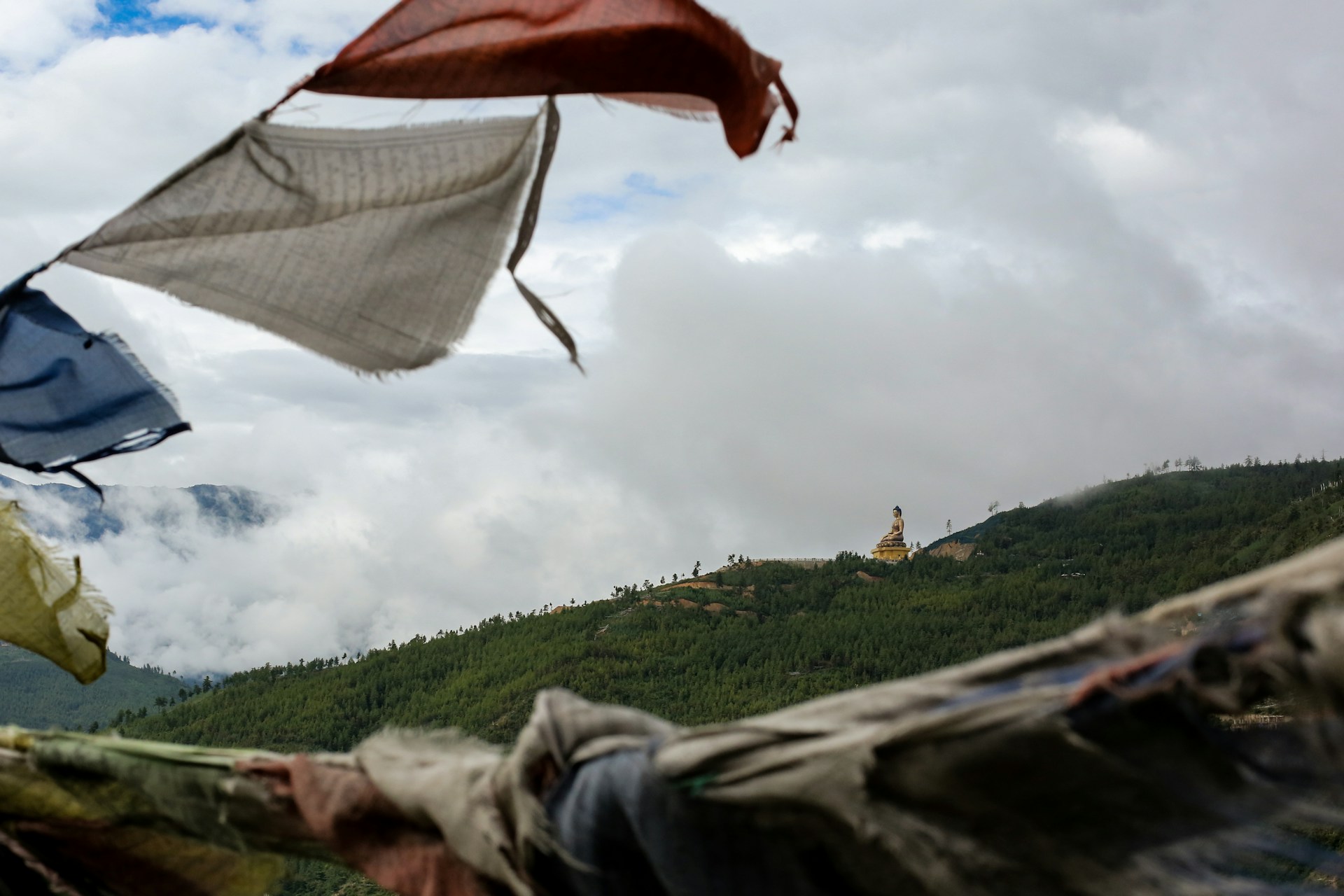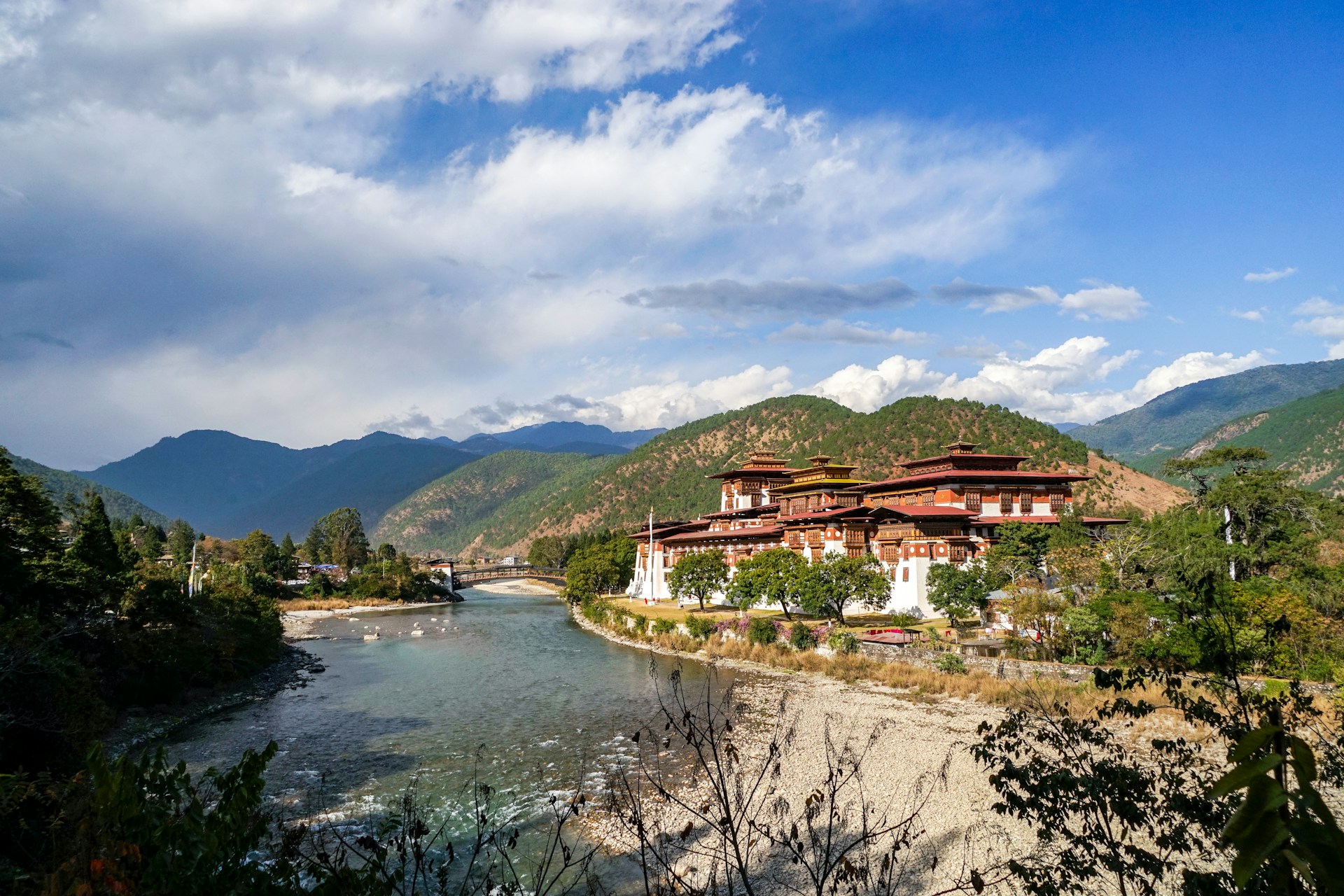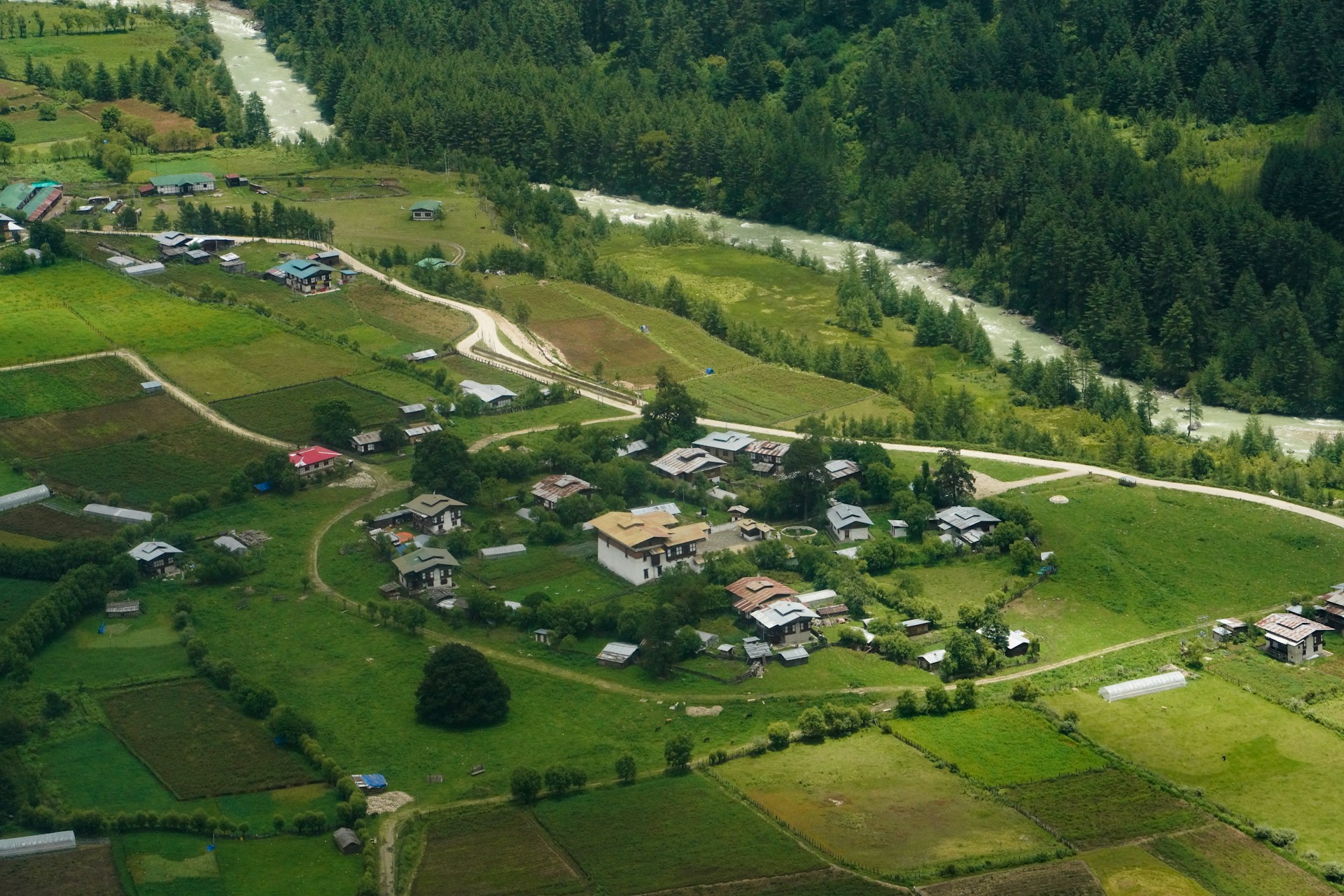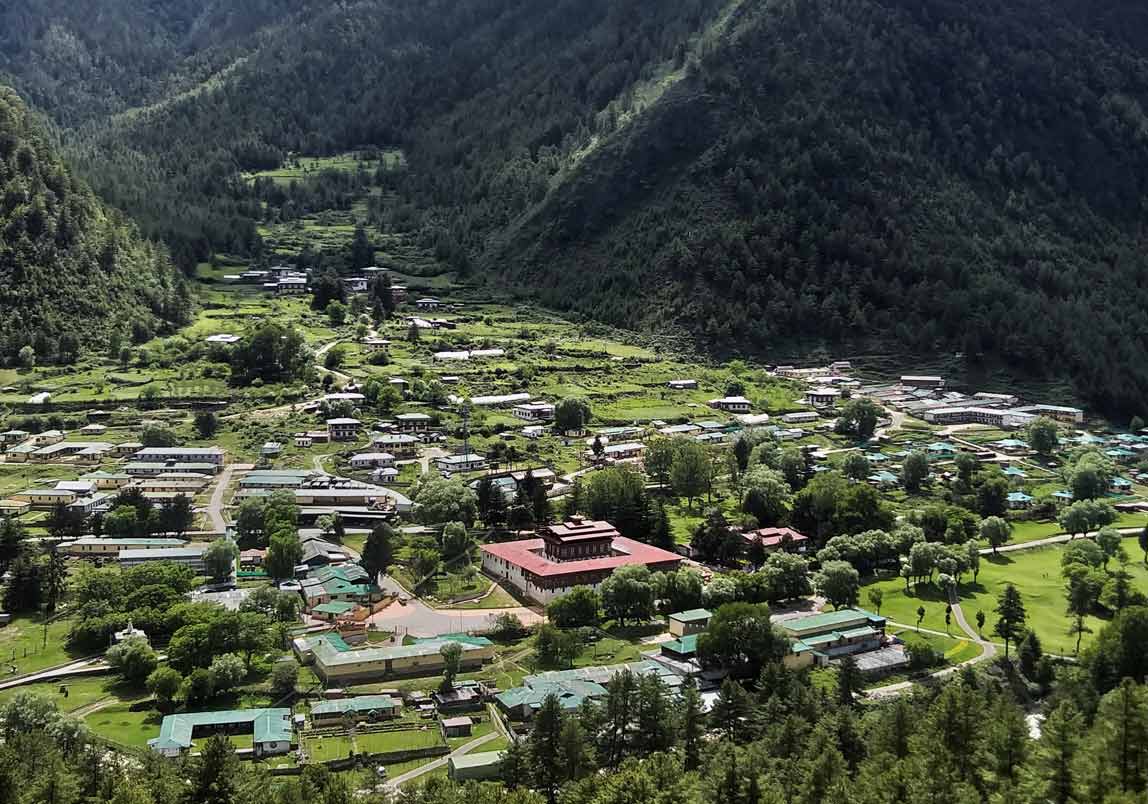Scenic Bhutan Urban Spots
Tucked away in the heart of the Eastern Himalayas, Bhutan is a mystical kingdom where modernity gracefully blends with age-old traditions. Unlike most travel destinations, Bhutan values Gross National Happiness over GDP, ensuring that development never comes at the cost of its natural beauty or cultural heritage. While its snow-capped mountains and verdant valleys often steal the spotlight, Bhutan's scenic urban spots are equally enchanting and worthy of exploration.
Start your journey in Bhutan tour , the bustling capital city that offers a unique mix of traditional Bhutanese architecture and contemporary lifestyle. Despite being Bhutan’s largest city, Thimphu remains refreshingly tranquil, where traffic lights are replaced by white-gloved policemen. Visit the Tashichho Dzong, the National Memorial Chorten, and the lively weekend market for a taste of local culture.
Next is Paro, a charming town cradled in a fertile valley and home to Tiger’s Nest Monastery (Taktsang), Bhutan’s most iconic landmark. Paro’s well-preserved dzongs, traditional homes, and scenic riverside setting make it a must-visit for both history buffs and nature lovers.
In central Bhutan, Punakha impresses with its majestic Punakha Dzong, nestled between two rivers. The city radiates warmth, with its subtropical climate, blooming jacarandas, and golden rice fields.
Head further east to Bumthang cultural Valley, often considered Bhutan’s spiritual heartland. Its peaceful towns like Jakar are surrounded by monasteries, pine forests, and apple orchards, offering a serene urban escape.
Don't overlook the lesser-known but equally stunning Haa Valley and Wangdue Phodrang, each offering their own charm, landscapes, and rich cultural stories.
Whether you're a culture seeker or a scenic explorer, these urban gems of Bhutan offer timeless beauty, spiritual depth, and unforgettable experiences. Bhutan’s cities are not just stops on a map—they are stories waiting to unfold.
Paro: Gateway to Bhutan’s Cultural Majesty
Paro is one of Bhutan’s most scenic and culturally rich valleys, home to the country’s only international airport and the legendary Tiger’s Nest Monastery (Taktsang). Surrounded by lush rice fields, pine forests, and snow-capped peaks, Paro offers a perfect blend of spiritual serenity and vibrant heritage. The town center is charming, with traditional Bhutanese buildings, handicraft shops, and cafes lining the streets. Paro is also known for Rinpung Dzong, a majestic fortress-monastery perched above the Paro River, and Kyichu Lhakhang, one of Bhutan’s oldest temples. Whether it’s trekking to monasteries, attending the Paro Tshechu festival, or exploring the National Museum housed in Ta Dzong, Paro serves as a deeply rewarding cultural introduction to Bhutan. Its peaceful pace, stunning scenery, and spiritual ambiance make it a must-visit for all travelers.
.jpg)
Thimphu: Bhutan’s Dynamic Capital with Traditional Charm

3. Punakha: Tranquil Beauty and Architectural Grandeur
Once the capital of Bhutan, Punakha continues to charm visitors with its warm climate, fertile valleys, and spiritual significance. Situated at the confluence of the Pho Chhu and Mo Chhu rivers, the city is famed for the breathtaking Punakha Dzong, considered one of the most beautiful architectural masterpieces in Bhutan. This riverside fortress, surrounded by jacaranda trees in spring, is both a religious and administrative center. The suspension bridge nearby offers a scenic view of the river valley and traditional village life. Punakha is also known for the Chimi Lhakhang, the temple of fertility built in honor of the Divine Madman, Lama Drukpa Kunley. Whether you're wandering through golden rice fields or enjoying the peaceful atmosphere of the countryside, Punakha offers a gentle, slower pace that invites deep reflection and connection with Bhutanese spirituality and rural charm.

4. Bumthang: Spiritual Heart of Bhutan
Often referred to as the spiritual heartland of Bhutan, Bumthang is a collection of four scenic valleys—Chokhor, Tang, Ura, and Chhume—with Jakar as the main town. Rich in sacred sites and ancient monasteries, Bumthang is deeply entwined with Bhutanese history and the lives of saints like Guru Rinpoche and Pema Lingpa. Visitors can explore historic temples such as Jambay Lhakhang, Kurjey Lhakhang, and Tamshing Monastery, each surrounded by fields of buckwheat, apple orchards, and tranquil pine forests. The valley is also known for its local cheese, honey, and distinctive red rice. Jakar Dzong, perched on a ridge, offers sweeping views of the valley below. The peaceful pace and spiritual energy make Bumthang a soul-enriching destination for those seeking deeper cultural and religious insight. It’s also a gateway for treks into remote parts of central Bhutan, making it ideal for both spiritual and adventurous travelers.

5.Haa Valley: Untouched Wilderness and Cultural Intimacy
Tucked away in western Bhutan, Haa Valley remains one of the least-visited yet most pristine destinations in the country. Its remote setting, narrow valleys, and high mountain passes offer an off-the-beaten-path experience for travelers seeking authenticity. Surrounded by forested hills and alpine meadows, Haa is culturally significant, home to ancient temples such as Lhakhang Karpo (White Temple) and Lhakhang Nagpo (Black Temple), both tied to Bhutan’s early spiritual history. The Haa Summer Festival showcases local traditions, dances, and yak herding culture, offering rare insight into Bhutan’s highland life. Haa’s landscapes are ideal for nature walks, birdwatching, and photography, especially during sunrise and sunset when the valley glows with mystic light. Its proximity to the Chele La Pass, the highest motorable pass in Bhutan, makes it easily accessible from Paro yet wonderfully removed from the typical tourist trail. Haa is a place for those who seek Bhutan's raw beauty, cultural depth, and meditative silence.

FAQs
Q1: Which city in Bhutan should I visit first?
A: Most travelers start their Bhutan journey in Paro, as it hosts the only international airport. It’s also home to famous attractions like Tiger’s Nest Monastery and the National Museum, making it an ideal starting point for cultural exploration.
Q2: What is special about Thimphu, Bhutan’s capital?
A: Thimphu is Bhutan’s vibrant capital, where traditional culture meets modern life. It’s known for the Buddha Dordenma statue, Tashichho Dzong, and the National Memorial Chorten. It’s also the only capital in the world without traffic lights!
Q3: Why is Punakha worth visiting?
A: Punakha is famous for the stunning Punakha Dzong, located at the confluence of two rivers. The mild climate, blooming jacarandas, and scenic countryside make it a favorite for peaceful retreats and historical exploration.
Q4: Is Bumthang only for spiritual travelers?
A: While Bumthang is known as Bhutan’s spiritual heartland, it’s not only for spiritual seekers. With its valley landscapes, ancient monasteries, and authentic rural life, it appeals to culture lovers, nature photographers, and trekking enthusiasts alike.
Q5: What can I expect in Haa Valley?
A: Haa Valley offers a remote, untouched experience with fewer tourists. Visitors enjoy quiet landscapes, cultural villages, and visits to Lhakhang Karpo & Nagpo temples. It’s ideal for those seeking authentic Bhutanese culture and tranquility.
Q6: How many days are ideal for touring these five cities?
A: A well-paced tour covering Paro, Thimphu, Punakha, Bumthang, and Haa Valley typically takes 10 to 12 days, allowing time for scenic drives, sightseeing, and cultural immersion in each destination.
Q7: Are the road journeys between cities comfortable?
A: Bhutan's roads between cities are winding but well-maintained and scenic, with professional drivers ensuring safety. The drives offer incredible views of valleys, rivers, forests, and Himalayan peaks.
Q8: What kind of accommodation is available in these cities?
A: All five cities offer a range of accommodations, from cozy traditional guesthouses to luxury resorts. Paro, Thimphu, and Punakha offer the most variety, while Bumthang and Haa feature more boutique and heritage-style stays.
Q9: Can I visit all five cities year-round?
A: Yes, but the best seasons are spring (March–May) and autumn (September–November), offering clear skies, pleasant weather, and vibrant festivals. Winter is also good, especially for photography and fewer crowds, though it can be cold in Bumthang and Haa.
Q10: Do I need a guide to explore these cities?
A: Yes. Bhutan’s tourism policy requires travelers to book through a registered tour operator with a licensed guide. Guides enhance the experience by offering deep cultural insights, local knowledge, and assistance with logistics.
